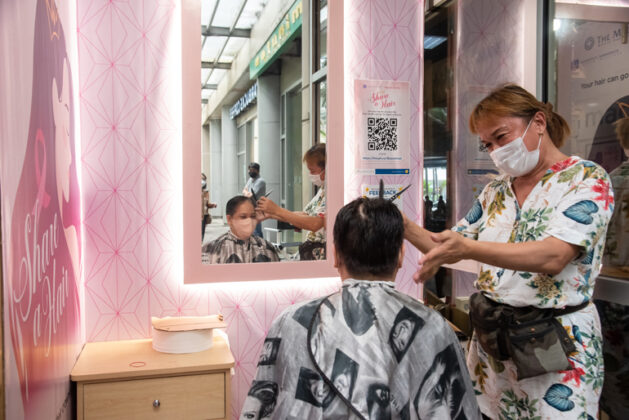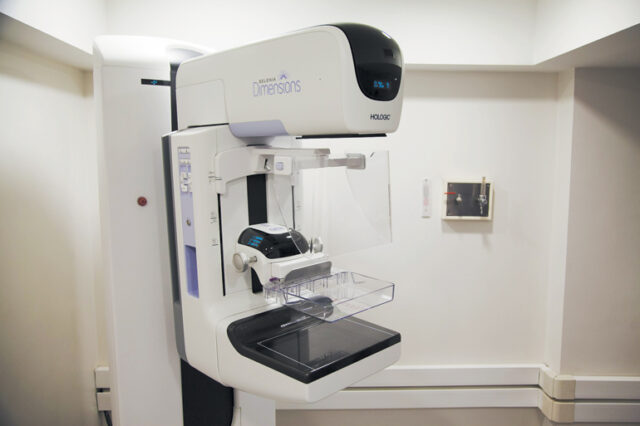Smart is still PHL’s fastest mobile network for Android and Apple devices — Ookla Q3 report
With speed as the key metric of customer experience in an increasingly digital world, PLDT mobile services arm Smart Communications, Inc. (Smart) remains as the fastest mobile network for Apple, Samsung, and Android devices, according to the latest figures by Ookla®, the global leader in internet testing and analytics.
Based on Ookla’s analysis of Speedtest Intelligence® data for Q3 2022*, Android, Apple, and Samsung users in the Philippines experienced between 35% to 75% faster speeds while connected to Smart — whether 5G, LTE, and across all network technologies — compared to the next top mobile provider.
Game-changing advantage for customers
“Speed has always been the key metric of customer experience especially now that all urban areas in the country have mobile coverage. Having the fastest speeds gives Smart subscribers the best customer experience and game-changing advantage as they go about their work or school, grow their business, or enjoy their daily dose of entertainment,” said Francis E. Flores, SVP and head of Consumer Wireless Business-Individual at Smart.
“The latest Ookla figures reaffirm Smart as the Philippines’ superior mobile network, which puts us in the best position to empower Filipinos to live more in an increasingly digital age,” he added.
Fastest speeds on the Smart network
Ookla figures show that Android devices performed 59% faster on the Smart network (all technologies), and up to 35% faster on Smart LTE — compared to the next top competitor network.
On the other hand, Apple devices were 75% faster on the Smart network (all technologies), 57% faster on Smart 5G, and 56% faster on Smart 4G/LTE. Meanwhile, iPhones recorded speeds that were 75% faster on the Smart network (all technologies), 57% faster on Smart 5G and 4G/LTE.
Lastly, Samsung devices were 69% faster on the Smart network (all technologies), 58% faster on Smart 4G/LTE, and 45% faster on Smart 5G.
Truly rely on the Philippines’ Best Mobile Network
The latest Ookla data comes on the heels of Smart’s milestone recognition as the Philippines’ Best Mobile Network** — the first and only local mobile operator to clinch the award from Ookla since its Speedtest Awards™ started in 2017.
To earn this elusive recognition, Smart had to top two crucial Ookla Speedtest Awards categories, namely “Fastest Mobile Network” and “Best Mobile Coverage,” from Q1-Q2 2022. Smart emerged as the ‘Fastest Mobile Network’ with a Speed Score of 62.22, while its closest competitor posted a Speed Score of 32.48. Smart also dominated the ‘Best Mobile Coverage’ category with a Coverage 794, surpassing its closest competitor’s Coverage Score of 732.
“Being declared the Philippines’ Best Mobile Network means that Filipinos can truly rely on Smart for the best user experience — from making video calls to loved ones and friends, uploading heavy files at work, attending online classes, sharing your passion projects on social media, streaming videos and music on the go, and so much more,” said Mr. Flores.
As of end-June 2022, Smart had around 77,100 total base stations nationwide, including around 7,300 5G base stations, to support the growing mobile data needs of 3G, 4G/LTE and 5G customers from Batanes to Tawi-Tawi.
Non-Smart subscribers can switch and experience the power of Smart without changing their number through Mobile Number Portability, a service that can be conveniently booked via https://smart.com.ph/Pages/mobilenumberportability and at Smart Stores nationwide.
Spotlight is BusinessWorld’s sponsored section that allows advertisers to amplify their brand and connect with BusinessWorld’s audience by enabling them to publish their stories directly on the BusinessWorld Web site. For more information, send an email to online@bworldonline.com.
Join us on Viber to get more updates from BusinessWorld: https://bit.ly/3hv6bLA.




 TMC Breast Center doctors have also organized a pop-up store called Segunda Mammo where preloved designer bags were sold on Oct. 11-13. Anchored in the principle of ‘patient partnership,’ TMC also partnered with Watsons to bring Look Good, Feel Great — a two-day free makeover drive that aims to empower patients with boosted confidence so they can go about their day feeling more powerful to take on any challenge.
TMC Breast Center doctors have also organized a pop-up store called Segunda Mammo where preloved designer bags were sold on Oct. 11-13. Anchored in the principle of ‘patient partnership,’ TMC also partnered with Watsons to bring Look Good, Feel Great — a two-day free makeover drive that aims to empower patients with boosted confidence so they can go about their day feeling more powerful to take on any challenge. 



 On Day 2, it will be all about New Beginnings. Listen to stories that can provide innovative ideas and inspire people to address different consumer needs that emerged due to the pandemic that still continue to evolve in this endemic stage. What is the role of brand purpose, trust and sustainability, and what other frames of references are there for brands to consider in their strategies and plans?
On Day 2, it will be all about New Beginnings. Listen to stories that can provide innovative ideas and inspire people to address different consumer needs that emerged due to the pandemic that still continue to evolve in this endemic stage. What is the role of brand purpose, trust and sustainability, and what other frames of references are there for brands to consider in their strategies and plans?




 The Entrepreneur Of The Year Philippines 2022 has concluded its search for the country’s most undaunted and unstoppable entrepreneurs. This is a program of the SGV Foundation, Inc., with the participation of co-presenters the Asian Institute of Management, the Department of Trade and Industry, the Philippine Business for Social Progress, and the Philippine Stock Exchange. In the next few weeks, BusinessWorld will feature each finalist for the Entrepreneur Of The Year Philippines 2022.
The Entrepreneur Of The Year Philippines 2022 has concluded its search for the country’s most undaunted and unstoppable entrepreneurs. This is a program of the SGV Foundation, Inc., with the participation of co-presenters the Asian Institute of Management, the Department of Trade and Industry, the Philippine Business for Social Progress, and the Philippine Stock Exchange. In the next few weeks, BusinessWorld will feature each finalist for the Entrepreneur Of The Year Philippines 2022.


